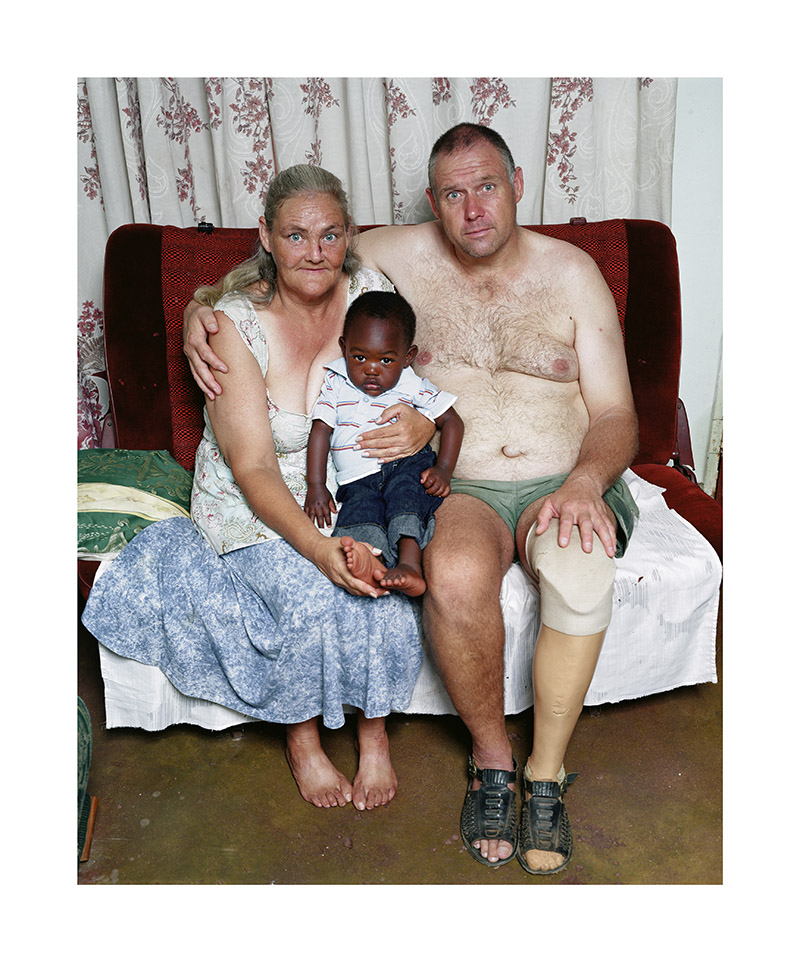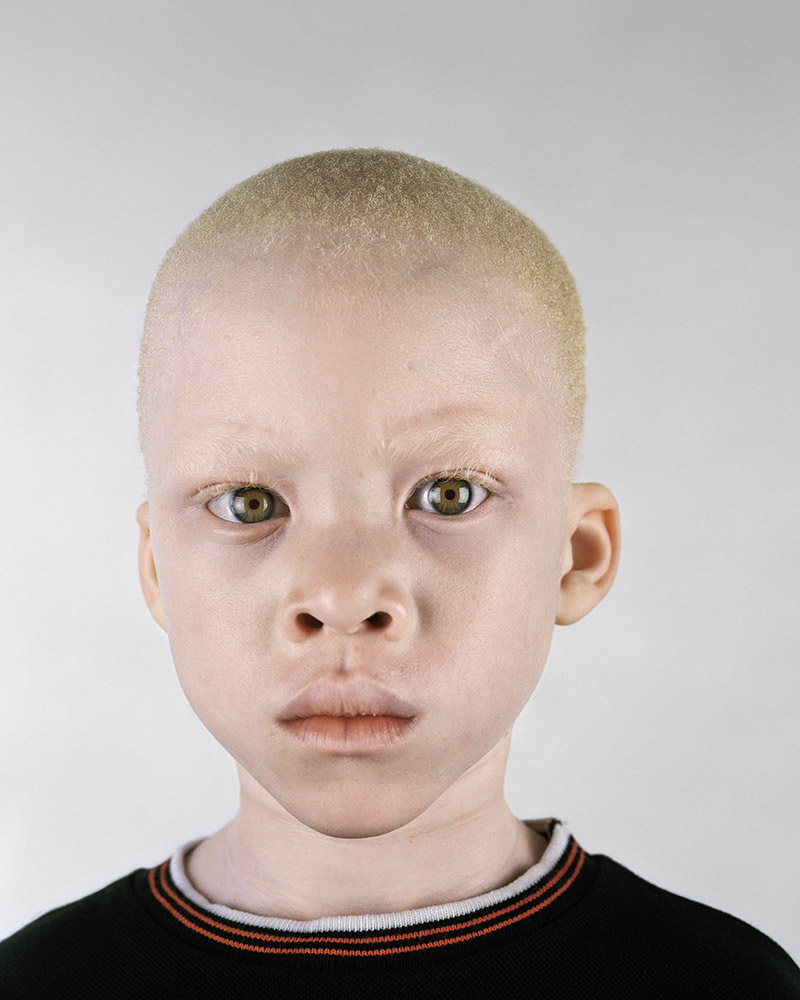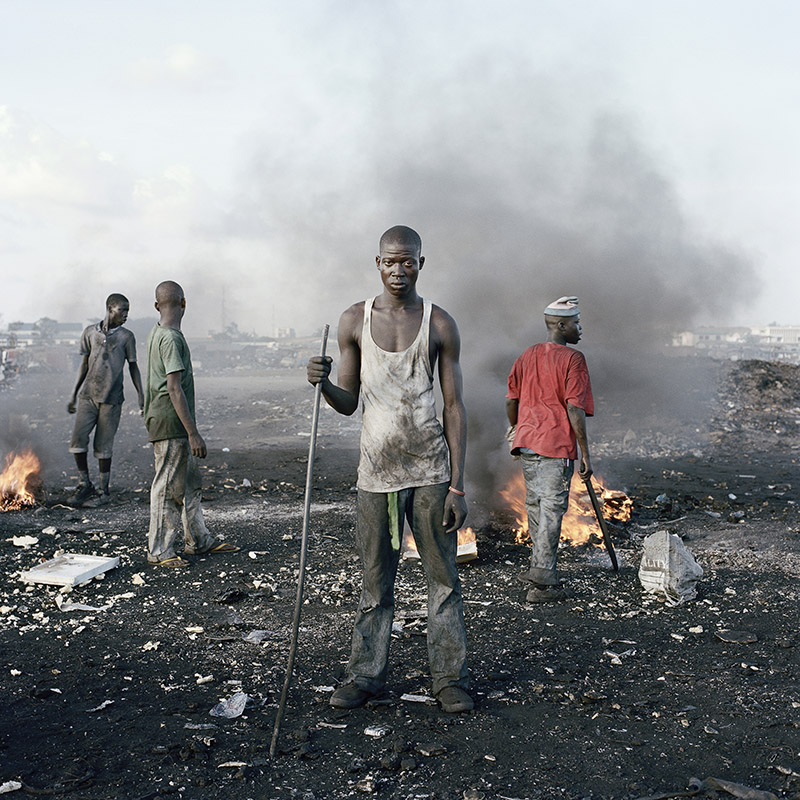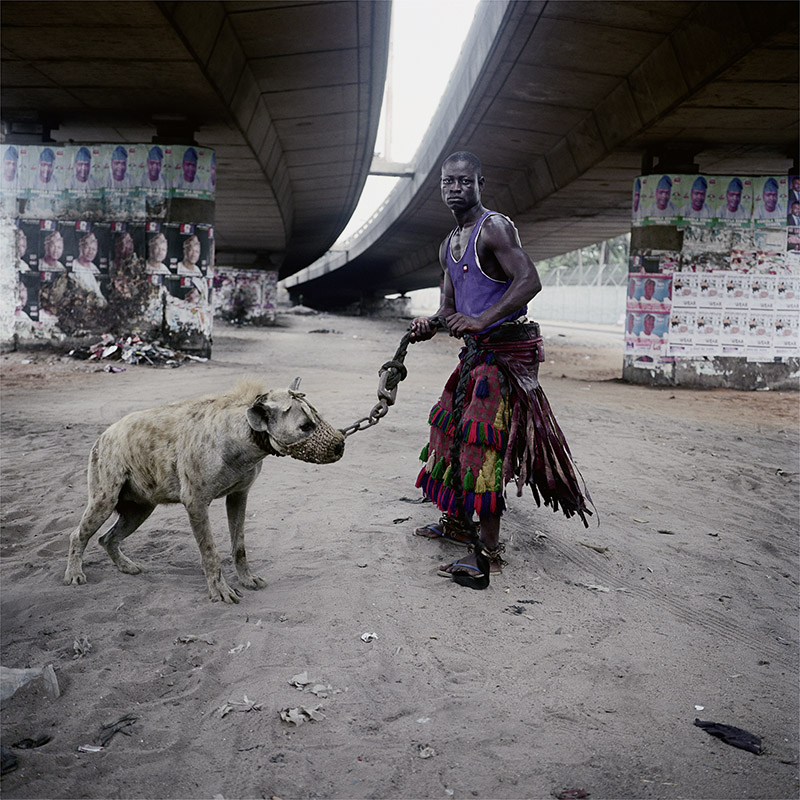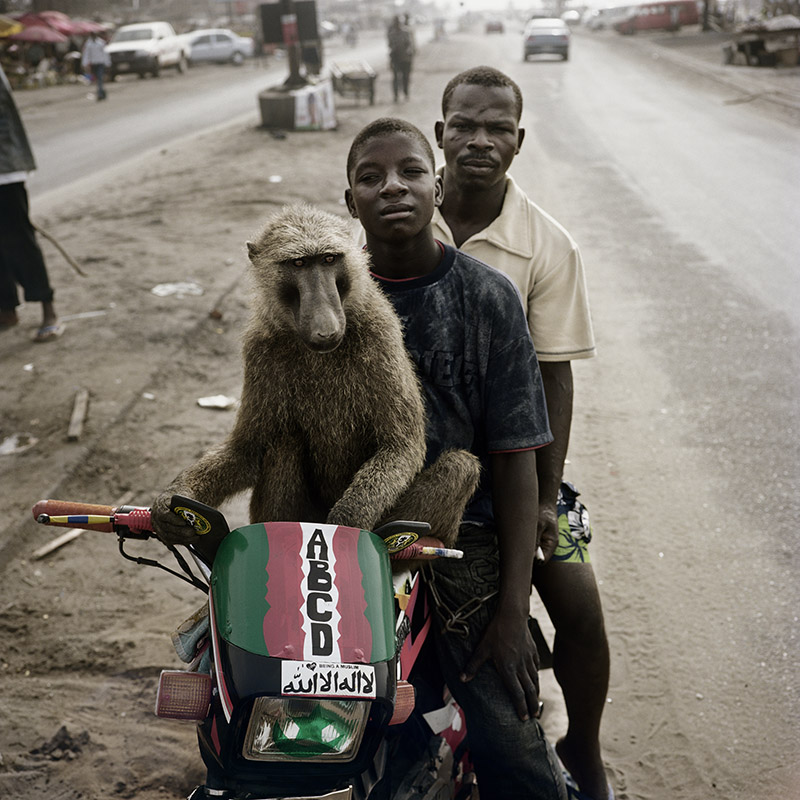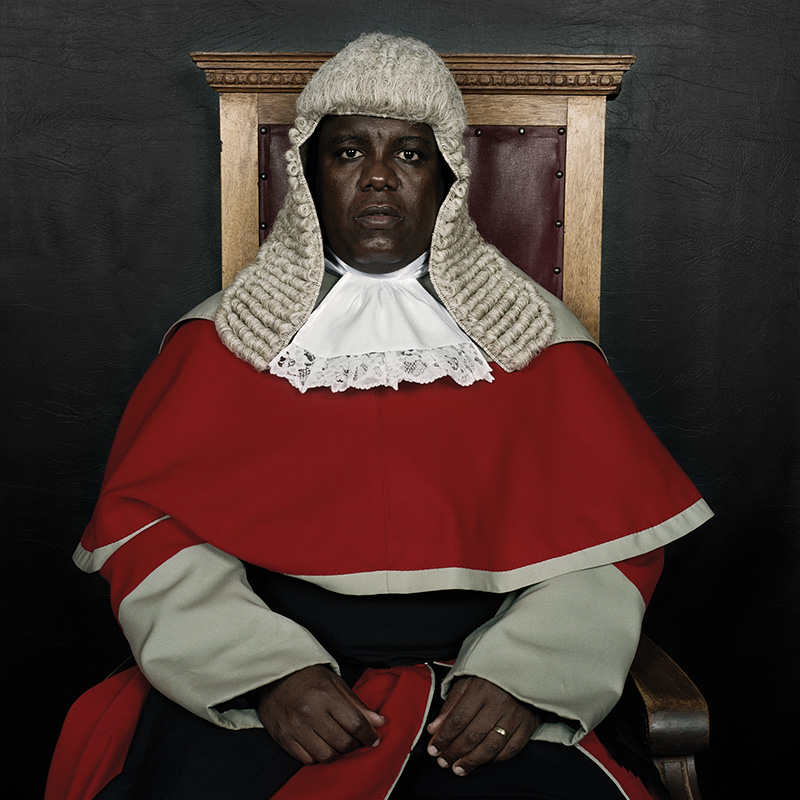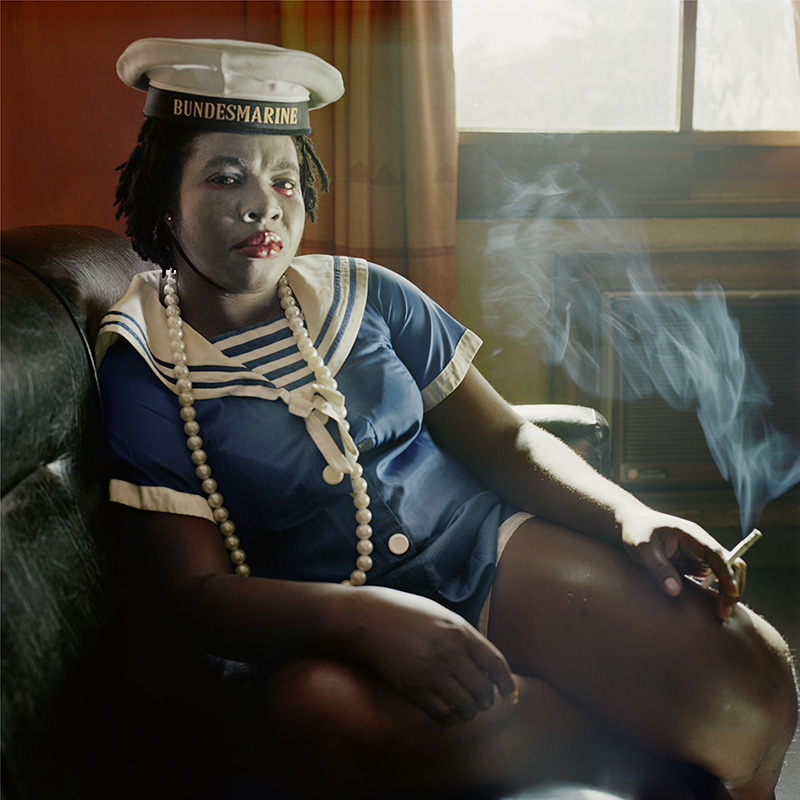PHOTO:Pieter Hugo-Between the Devil and the Deep Blue Sea, Part II
 Raised in post-colonial South Africa, where he witnessed the official end of Apartheid in 1994, Pieter Hugo has a keen sense for social dissonances. He perceptively makes his way through all social classes with his camera, and not only in his native country but also in places like Rwanda, Nigeria, Ghana, and China (Part I).
Raised in post-colonial South Africa, where he witnessed the official end of Apartheid in 1994, Pieter Hugo has a keen sense for social dissonances. He perceptively makes his way through all social classes with his camera, and not only in his native country but also in places like Rwanda, Nigeria, Ghana, and China (Part I).
By Dimitris Lempesis
Photo: Museu Colecção Berardo Archive
How do people of all age groups and from the most diverse origins deal with their historical baggage and living conditions? Pieter Hugo’s photographs record the visible and hidden traces and scars of lived biographies and experienced national history. He is particularly interested in societal subcultures, the gulf between the ideal and reality. His pictures feature the homeless; albinos; AIDS sufferers; men who tame hyenas, snakes, and monkeys; people who gather electrical scrap metal in apocalyptic scenarios; costumed Nollywood actors in striking poses, in addition to his own family and friends. Featuring 250 photographs, the Museu Colecção Berardo presents Pieter Hugo’s exhibition “Between the Devil and the Deep Blue Sea”. Pieter Hugo’s socio-cultural portraits record the visible and invisible traces as well as scars of lived biography and lived-through national history. In his “There’s a Place in Hell for Me and My Friends” series Hugo manipulates the color channels of the digital photographs, intensifying all the freckles, macules, and small veins of the portrayed persons and causing the skin pigmentation to seem darker. The persons appear mysterious, frail, figured out. Hugo thus makes striking and enigmatic black-and-white portraits in which differences in skin color are annulled. Pieter Hugo focuses on people in his photographic series, for example in “Kin” a complex portrait of South Africa’s post-colonial society. Friends and relatives, persons from his own social environment, farm workers, a gay couple, his pregnant wife as well as the artist himself with his second child: Hugo’s intimate portraits show the people in all their dignity and vulnerability and consequently the familiarity and closeness that he creates between himself and his models. The influence of the photographer August Sander is evident in his equally straightforward and direct works, which, however, are more empathetic. Hugo is particularly interested in social subcultures, the gulf between the ideal and reality. His pictures feature the homeless; Albinos; AIDS sufferers; men who tame hyenas, snakes, and monkeys; people who gather electrical scrap metal in apocalyptic scenarios; costumed Nollywood actors in sweeping poses, in addition to his own family and friends. His photographs are non-hierarchical; everyone is treated with the same amount of respect. More artist than anthropologist or documentarian, Hugo captures the “moment of voluntary vulnerability” with a pronouncedly detached, but at the same time also empathetic concise visual language, creating in this way true-to-life portraits of powerful immediacy. In many cases, this humanity stands in sharp contrast to the hardships of the social reality engulfing the subjects of his pictures. Entirely in this sense, Pieter Hugo’s photographic still lifes and landscapes seem like social commentaries or metaphors, lending his oeuvre a political dimension.
Info: Curator: Uta Rrs: Dauhkamp, Museu Colecção Berardo, Praça do Império, Lisbon, Duration 6/7-7/10/18, Days & Houily 10:00-19:00, http://pt.museuberardo.pt

